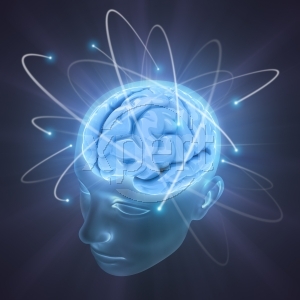ABSTRACT
The mind-body relationship has prompted debate from the times of millennial religious traditions and the ancient Greeks through to contemporary neuroscience, and although these questions have yet to be decisively answered, therapeutic interventions today are guided by assumptions made in this respect. Research on the neural correlates of consciousness and mental expressions has made progress over the last 15 years by developing functional brain imaging methods. This approach may open up new perspectives for studies of the expression of presumed instances of spiritual consciousness, which would have major ethical, social and philosophical implications. We pose a promising new line of research in the neurosciences and discuss certain issues pertaining to the effective use of neuroimaging to investigate mediumship and advance the consensus comprehension of consciousness, alleged spiritual communication and its relations with the brain. We highlight methodological challenges and lessons gleaned from our neurofunctional study of mediumship to be considered for further research in this field when formulating hypotheses to address these phenomena, and discuss useful guidelines for neuroimaging studies of spiritual experiences in general.
Keywords: Mediumship, consciousness, dissociation, neuroimaging, SPECT.


